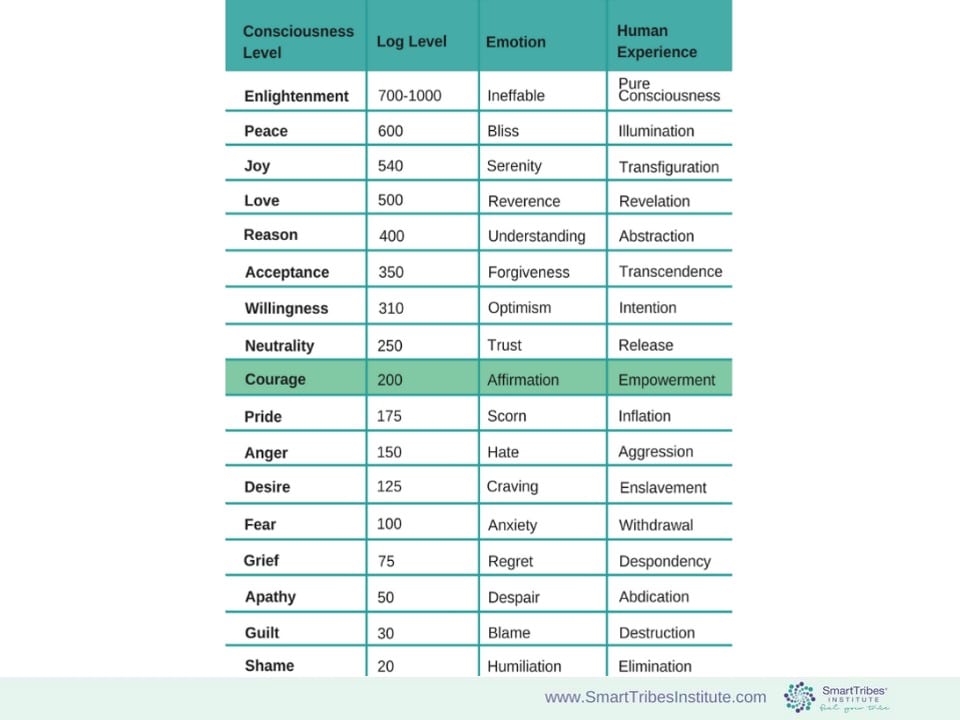
Featuring case studies and proven techniques, Power Your Tribe provides a set of powerful neuroscience-based tools to help managers identify emotions, release resistance, end isolation, focus on outcomes, and course-correct for continued success.





*As originally seen on Forbes.com
How do we consistently get team members who say ‘I love my job, I trust my leader and l’m ready to rock today!’?
According to Gallup, the purpose of performance management is to improve quality of work, productivity and other business outcomes, but traditional approaches have consistently fallen short.

Let’s look at Gallup’s findings:
The result? Gallup estimates the cost of poor management and lost productivity from employees in the U.S. who are not engaged or actively disengaged to be between $960 billion and $1.2 trillion per year. Wow! What steps do leaders need to take to motivate their employees?
What Employees Really Want
The workplace is evolving and shifting. As leaders, we need to realize that the wants and needs of our employees are changing. We saw this when we learned how to create a culture where Millennials and members of Generation Z can thrive.

The key to inspiring maximum performance from your team is not scoring them and offering standardized feedback based on their score. Instead, use a process that creates intrinsic motivation and benefits both the team member and the company.
Performance Motivation Is Key
Empowerment and motivation happen when people solve their own problems, and create their own aspirations and expectations. That’s why the outcome frame tool is a powerful first step. It helps our team find out what they really want and how they know when they’ve got it. It generates clarity and insights. Helping our people focus on the outcome they want to create, not the problems in the way, activates their reward (pleasure) network. Once our team knows what they really want, it’s time to create an action plan to motivate team performance.
To see each of these factors discussed in detail, please see the infographic below and my previous blog Why Performance Management Is Dead And Performance Motivation Is Here To Stay. (insert performance motivation vs performance management infographic here)
When you implement the above action plan, your team will begin to shift. They will be motivated to do outstanding work because they know their role is part of something bigger. They will realize they are valued and that achieving their goals is essential to the success of their organization. More importantly, they will begin to trust their leaders.
Trust creates reliable environments. Enriched environments are more reliable. Reliable and enriched environments equal ROI.
The result? Team members making more connections, solving problems faster, figuring things out faster and innovating better.
Share with us how shifting from performance management to performance motivation is impacting your organization.
_______________________________________________________________________________________________________

Featuring case studies and proven techniques, Power Your Tribe provides a set of powerful neuroscience-based tools to help managers identify emotions, release resistance, end isolation, focus on outcomes, and course-correct for continued success.
_______________________________________________________________________________________________________